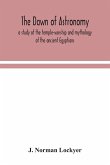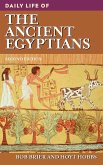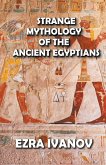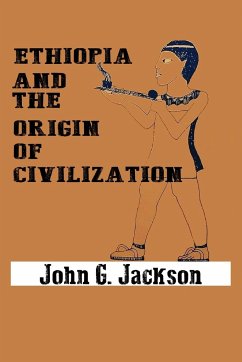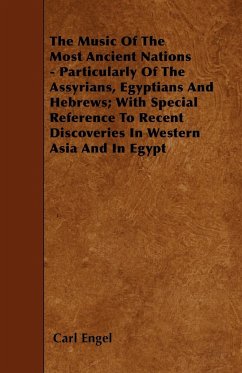2022 Reprint of the 1923 Illustrated Edition. Exact facsimile of the original edition and not reproduced with Optical Recognition Software. Dr. Smith deals only with the most ancient, that is, the earliest Egyptians, and he traces their influence not only upon the civilization of Europe, but also, and in the first place, upon that of northern Africa and western Asia. To read him on this subject is indeed to be enlightened, and every historian must read with attention the remarkable conclusions to which he has been led by his experience in the dissection of mummies (gained in the course of his medical work at Cairo) in connection with the scientific archeological work of Dr. Reisner and his assistants in Lower Nubia. This monograph, in its second, hard-to-locate edition, proposes a connection between prehistoric monumental European sites and those of the Pyramid Age in Egypt. Using ethnicity as a basis, Smith ties the ancient peoples of Egypt to those of Syria and discusses how Egyptian culture spread from its point of origin. It is to Smith's "...lasting credit that he, first with an intuition transcending mere anatomy, perceived in Egypt the essential threads of primitive culture and civilization and out of them wove, on the loom of his genius, the tapestry of human history." Obituary, The British Medical Journal: Vol. 1, No. 3967 (Jan. 16, 1937), p. 149


